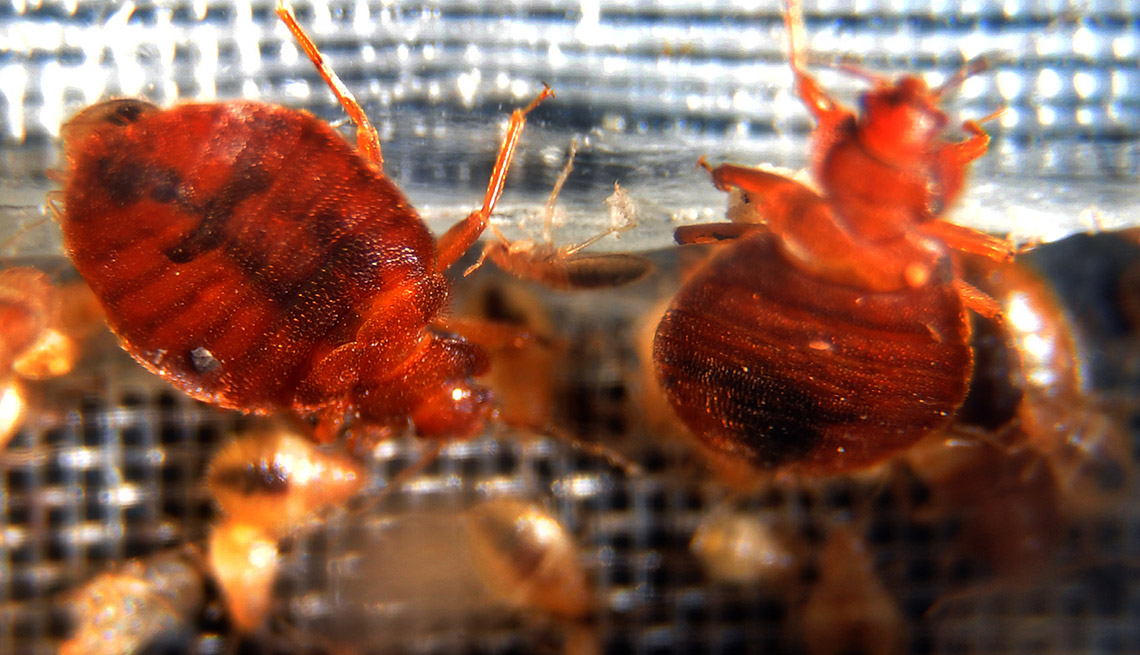AARP Hearing Center
"Good night, sleep tight, don't let the bedbugs bite."
This saying used to be just a nursery rhyme about a pest from another era. But as all too many Americans now know, bedbugs aren't history at all.
The past 15 years have seen a dramatic resurgence of these persistent pests. They have invaded apartment buildings across Manhattan, flown on planes, and infested hotels, schools, universities, taxis, libraries (through infested books!), buses and trains, leaving a trail of itchy, though relatively harmless, welts in their path. One recent, though extremely small, Canadian study linked the bugs to the life-threatening MRSA bacteria. But experts caution that the representative sample was too small to indicate whether there was a need for concern.
"One conservative estimate puts sightings up more than 70 percent nationwide since 2007," writes Jeff Eisenberg in his new book, The Bed Bug Survival Guide. "Reported infestations in Chicago tripled between 2007 and 2008. I project by the time you are reading this at least 85 percent of all New York City buildings will have had or have a problem with bedbugs."
One theory as to this sudden rise is in the way the bugs have adapted to pesticides.
The bedbug can live without blood — its food source — for up to 18 months. "Females can lay up to four eggs a day in secluded locations; up to five to 10 a week and up to 500 in her lifetime," according to Eisenberg.
And don't think you'll be safe leaving these shores.
The Spanish government announced a "war" on these pests in 2010 after seeing a 10 percent to 20 percent rise of infestations in hotel rooms. In 2009, the Guardian reported London had seen incidents of bedbugs rise 300 percent in the last decade. In France they are called "punaises de lit" — "blood drawing pins" — and Reuters reported last fall that Paris City Hall had been "overwhelmed with calls" about infestations.
































































